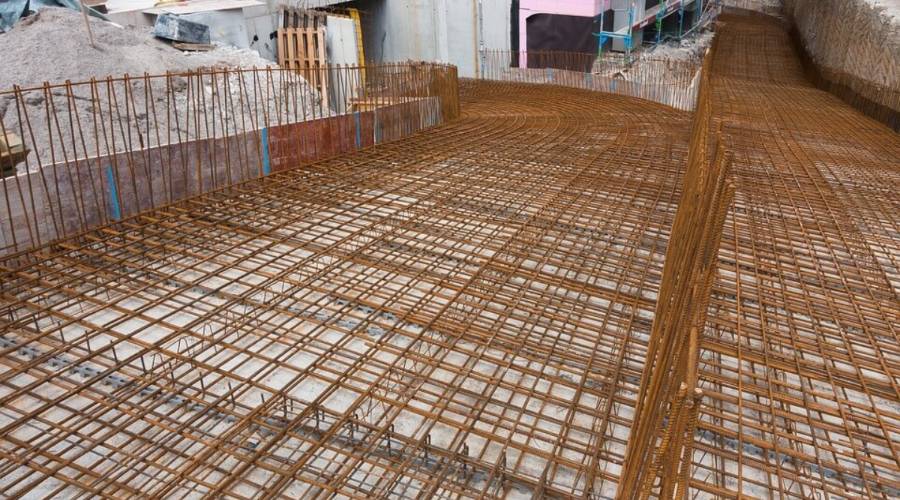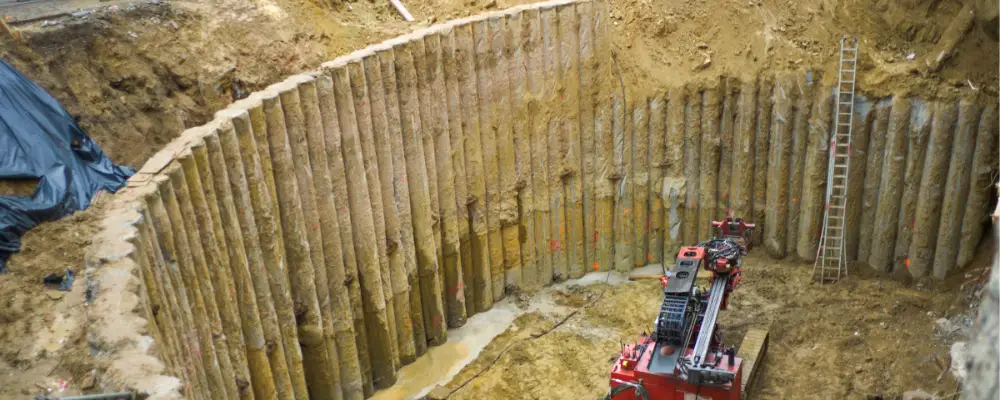Providing the necessary strength, stability, and safety is essential for any construction, from small residential projects to giant structures. There are numerous construction practices to achieve these criteria, among them anchorage systems are one of the efficient ones. They provide good physical characteristics, making them suitable for a variety of applications.
It is crucial to understand anchorage systems, and this blog will provide detailed information about it.
What is Anchorage in Construction?
Anchorage is the process of securing the structural elements to the foundation or other parts of the structure. In simple words, it is the process of connecting non-structural and structural members. It ensures the safety, stability, and durability of the building and maintains the overall structural integrity.
What is Anchorage Point?
An Anchorage Point is a specific attachment point that acts as fall protection equipment, which plays a crucial role in any personal fall arrest system (PFAS). These points are strategically selected to provide safe and secure connections for workers with fall protection gear. Anchorage points provide the necessary strength to withstand forces exerted during a fall. This prevents the occurrence of injuries or even death.
Types of Anchorage Systems
Anchorage systems are mainly classified into two types— Cast-In Systems and Post-Installed Systems
Cast-In System

In a cast-in system, the anchorages are installed within the formwork and cast into the concrete structure, to help provide an efficient transfer of load from the structure to the anchorage, through mechanical interlocking of headed bolts, bent anchor bolts (J&L Bolts), and studs.
Post-Installed System
Post-installed anchorage systems provide a versatile solution by drilling holes into the pre-existing concrete structure and installing anchorages. The load-transfer mechanism is carried out through mechanical interlocking, bonding, and friction. Post-installed systems are broadly classified into two types:
- Mechanical Anchors: These are used to expand within the drilled hole to provide the necessary grip to the substrate material. Materials such as wedge anchors and screw anchors are some of the reliable mechanical tools used.
- Chemical Anchors: Chemical anchors such as epoxy, grouts, and other adhesives can be used to secure the anchor within the drilled holes to enhance the load-bearing capacity of the structure.
Materials Used for Anchorage
Steel
It is one of the most commonly used materials in the anchorage system that provides high strength, stability, and durability to withstand heavy loads. Some of the common steel types used in anchorages are:
- Carbon Steel
- Stainless Steel
- Galvanized Steel
- High-Strength Steel
Concrete
Concrete is another primarily used anchorage material, especially in foundations and in places of structural elements. Reinforced concrete and precast concrete provide the necessary strength to support large loads.
Aluminum
It is a lightweight material used in anchorage systems, where weight and erosion resistance are crucial. Aluminium in the form of eyebolts, anchors, and roof anchorage systems is used as anchorages in construction.
Chemical Adhesives
Chemical adhesives such as epoxy resins, grouts, and other cementitious mixtures can be used to bond the anchor to the substrate material. They provide corrosion resistance and are used in non-load-bearing applications, where weight reduction is crucial.
Design Considerations for Anchorage
Load Requirements
Determining the anticipated loads of the structure, including dead loads, live loads, wind loads, and seismic loads, is essential in designing the anchorage system. Designing after determining the potential loads can help in providing appropriate safety features.
Substrate Conditions
The strength and condition of the concrete substrate play a major role in influencing the efficiency of the anchor. The edge distance of the concrete is crucial in preventing potential cracks around the anchor.
Load Transfer Dynamics
It is necessary to understand the right load transfer mechanism for the anchorage system. Some of the key aspects of load transfer dynamics include:
- Direct Bearing Forces: The loads are directly transferred at the anchor head.
- Interfacial Shear: The shear forces acting on the anchor shaft.
- Concrete Cone Formation: Under tensile loads, a breakout cone is formed at a 35-degree angle, which is critical for the calculation of the capacities and spacing requirements.
Environmental Conditions
It is necessary to ensure that the anchorage is free from moisture, temperature fluctuations, and chemical exposures, as these could affect its efficiency. In case of moisture or temperature fluctuations, proper corrosion-resistant coatings or materials should be used.
Installation Process on Anchorage
Preparation
The first and most important step in installing an anchor is to ensure that the substrate is suitable for installing an anchor and addressing the potential issues. The depth and diameter of the anchor holes should be determined to choose the right design specifications and anchor type.
Drilling
After preparing the substrate and designing, the location for drilling anchor holes on the substrate should be marked and drilled. After drilling, the surface should be completely cleaned to remove dust and debris.
Anchor Installation
Insert the anchor into the hole and ensure that it is positioned correctly. Tighten the wrench until the anchor expands and securely holds the substrate. In the case of chemical anchors, the adhesive should be injected into the drilled hole.
Final Inspection
After installing the anchor, inspect for any defects to ensure safety and reliability. Perform load testing to find out the performance of the anchorage.
Applications of Anchorage in Construction
- It provides the necessary support to the structural elements of the building, including beams, columns, and walls, for effective load distribution.
- It is used in the foundation of construction to stabilise structures against lateral forces and upliftment.
- Anchorage systems play a critical role in the construction of bridges, connecting girders and deck slabs, to ensure safety and longevity.
- The primary usage of anchorage points is to provide fall protection systems in construction sites, to ensure the safety of the workers.
- It provides additional support and stability to retaining walls to protect the structure against soil pressure.
- It is vital in holding machinery and equipment to the floors in industries for efficient operations and ensuring safety.
Conclusion
In summary, anchorages are an essential part of construction that provides numerous values in maintaining structural integrity and safety. They protect the structure from all sorts of external and internal forces and help in the efficient transfer of loads. It offers numerous materials and installation processes in both the pre-construction stages and in existing structures. By prioritising proper installation and maintenance, anchorage can protect the structure efficiently.

